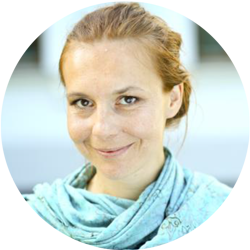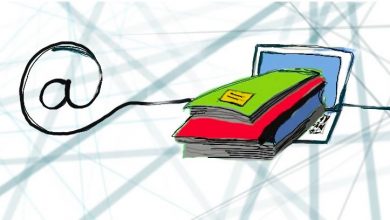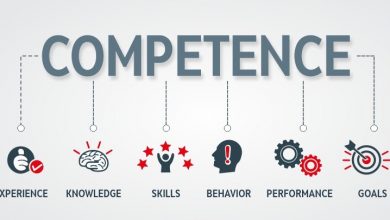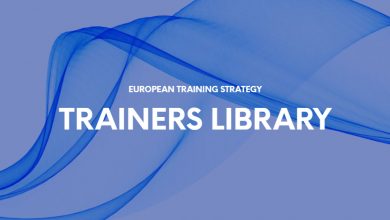Learning community of trainers – interpersonal challenges
In your work as a trainer you might sometimes encounter a challenge in your interaction with a participant or coworker at your training. You might not be sure how to deal with it. In order to get support, you can call a gathering of 4-9 other trainers to analyze the situation and stimulate a learning process by improving your own performance in the particular case. This article will guide you through this process.

Why did I choose this tool?
Trainers work with groups and individuals. Some processes are happening far beyond our perception or understanding. Sometimes trainers don’t understand their own emotions towards particular participants and vice versa. That is why it is necessary to ask for supervision and learn from this experience. Supervision is a way of feed-backing and supporting undergoing professional development.
How does this apply to a trainer?
Trainer may
- feel listened to, supported and understood when he/she presents a particular case
- become more tolerant to ‘difficult’ participants/co-workers
- be more empathic towards participants’ feelings, including negative ones
- become more aware of their own feelings
- encourage their natural curiosity about participants and coworkers
- gain some insight into why he/she finds some participants/coworkers particularly difficult or disturbing
Content:
Balint groups are named after the psychoanalyst Michael Balint, who in the late 1950s, together with his wife Enid, began holding psychological training seminars in London.
This tool was initially designed for therapists and doctors working with “problematic” patients.
Nevertheless, with time, it was adapted to other settings and also used successfully by trainers and educators in a non-formal context.
The process:
Assign the roles:
Facilitator – the one who holds the space and process. The facilitator’s aim is to keep the discussion focused on the case without any other disruptions.
Presenter – The trainer (you) who has a case to solve – who wants to talk about their relationship with a particular participant or co-trainer and the challenging situation that happened between them.
Group members – the group should be empathic and share the same professional experience with the presenter; in this case it is the group of trainers and your co-workers.
Setting:
Safe and quiet place where you can talk comfortably about interpersonal aspects of your work.
The group members and the facilitator should sit around in a circle.
Time – around 45 minutes per 1 case.
Ground rules:
1. Everything said in the group will be treated as confidential whether it is about participants, colleagues or group members themselves.
2. Everyone should be listened to and everyone’s contribution should be respected.
3. Although presenters can talk about their personal history if it seems relevant, there will be no unwelcome and intrusive questioning of group members about their personal qualities or personal issues.
Process:
INTRODUCTORY PHASE:
1. Opening: the facilitator asks, ‘who has a case?’
2. Presenter: a person who has a case voluntarily reports to the group.
3. Case: the facilitator asks the presenter to shortly describe the situation.
Presenter describes the situation, and the group listens to the story without interrupting.
4. Clarification: the facilitator asks group members if there are any simple questions about facts that need to be clarified.
INQUIRY PHASE:
(Presenter only listens without interrupting.)
1. ROUND – empathy with presenter
The facilitator invites each group member to imagine him/herself in the shoes of a presenter in this particular relationship described in a case.
Facilitator asks each group member to share their own insights, emotions and concerns.
- How do you feel?
- What do you think?
2. ROUND – empathy with participant/co-worker
(The group members may gradually reach a deeper level of understanding of their participants/coworkers.)
The facilitator invites each group member to imagine himself/herself in the shoes of a participant/coworker in this particular case.
The facilitator asks each group member to share their own insights, emotions and concerns.
- How do you feel?
- What do you think?
CLOSING PHASE:
The facilitator will usually thank the presenter for providing the case as well as the group members for the inquiry phase.
Because in this process we are not necessarily seeking for defined solutions, the end is often inconclusive.
Exercise:
Call your colleagues and trainers (±5 trainers/youth workers) and try out this kind of reflection. If there is not an urgent case, pick a simple situation that happened during the training.
After the circle make notes:
- What was working?
- What could you improve during the next reflection circle?
- How was it to listen to others, to listen to different perspectives?
- How was it to be in the shoes of somebody else?
- What was the lesson that you have learned?
Reflection questions:
How was it to build such a learning community?
Would you like to organize it in a more regular way?
What are the other tools to harvest learning from the community?






